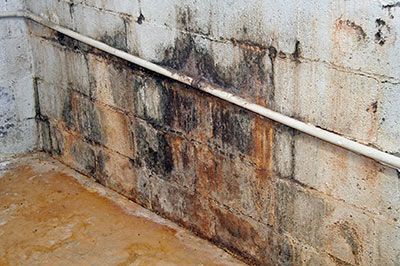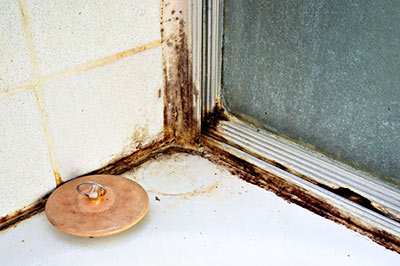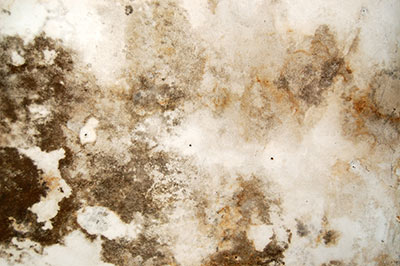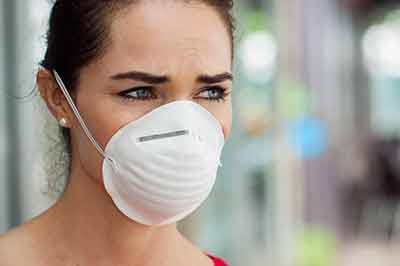By Dr. Linda Lemasters
August 22, 2014.
Scholars have researched the question for nearly a century: Do facilities affect student outcomes and teacher instruction? To respond to that question, the next three Bricks and Mortar BLOGS will address (a) the importance of school facilities for our nation, (b) best practices in school facilities, and (c) the impact of school facilities on the learner. Knowledge of the three is intricately related.
We all know where the schools in our community are; most of us give little thought as we drive by them every day as to the size of their acreage, the amount of square feet under roof, the incredible amount of money to make the fields and buildings available to students, as well as community activities. Are there any other governmental functions, other than schools, that require such a huge expanse of real estate?
A few years ago the 21st Century School Fund shared a fact sheet with general composite information about school facility infrastructure (2011). Although I have worked with school facilities for over two decades, I had no idea of the magnitude of our national school resources. The facts are: there are nearly 100,000 preK-12 public schools, which over 55 million school-age children attend, and over 6.6 billion gross square footage of building space and 1 million acres of site area. The public investment is well worth discussion by educators. If we add this information to a more recent survey from the United States Department of Education via the National Center for Education Statistics (2014) on facilities, the facts are more startling. Of the 1800 schools surveyed, billions of dollars are needed for renovations and repairs, averaging $4.5 million per school. Even with only a small portion of our total 100,000 public schools having the same needs, there is a crisis in the public schools our children attend.
Another area we often overlook is the funding needed for operating our school buildings. Utilities alone cost localities nearly $9.5 billion dollars a year—fluctuating with the weather. Knowing that these costs fall totally to the localities, along with the majority of other upkeep expenses in most states, should make us attentive to the scope of the influence of facilities on our localities and states. In addition, personnel for schools take 60-80% of local budgets.
What are the implications for our students and teachers—and for communities? Most frequently, the needed maintenance, retrofits and renovations entail HVAC, replacing ineffective windows and doors, upgrading classroom lighting, and replacing leaking roofs. We all need fresh air, especially children, yet many of the old HVAC systems do not provide the proper ventilation; some do not maintain a thermal environment to enable students to focus on their work; and/or, the health related problems with respiratory illnesses keep children and teachers home from school. Poor classroom lighting has its on own effects on children’s eyes, health, and mood. Leaky roofs can exacerbate mold, mildew, and destroy computers, furniture, and flooring. Even with such an incomplete list, we can exhibit and the research supports how needed maintenance affects safety, health, capital resource damage, and budgets. Nearly all of these retrofits and renovations can save energy and thus money—money that can be used for instruction.
Part of the mission of the Education Facilities Clearinghouse is to call to the attention of educators and policy makers the magnitude of importance of school facilities on our localities and states. Our school buildings and grounds and their impact on all of us are multi-dimensional and more important than most people realize.
References:
Condition of America’s Public School Facilities: 2012-13. U.S. Department of Education, NCES, Report 2014-022 (March 2014).
PK-12 Public School Facility Infrastructure Fact Sheet. 21st Century School Fund (February, 2011).
Linda Lemasters, Director, Education Facilities Clearinghouse Linda is an associate professor in the Graduate School of Education and Human Development of The George Washington University, where she teaches graduate level coursework, advises students, and directs student research. Her areas of expertise and research include educational planning, facilities management, and women CEOs. She actively conducts research concerning the effects of the facility on the student and teacher, publishes within her field, and has written or edited numerous books including School Maintenance & Renovation: Administrator Policies, Practices, and Economics and book chapters including a recent chapter, Places Where Children Play, published July, 2014 in Marketing the Green School: Form, Function, and the Future.








